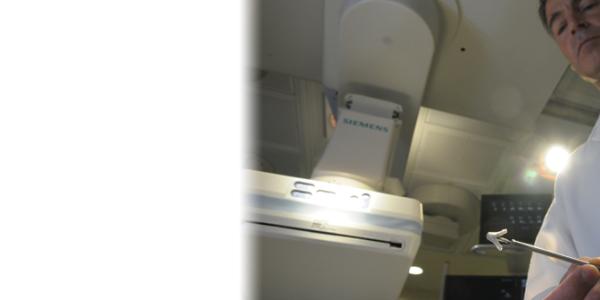
請點擊此轉換成中文
Clinical trials are medical research studies performed with the help of patients who volunteer to try new diagnostic techniques or new therapies, or to be observed as part of a group of people with a specific health issue to look for ways to prevent disease or improve the quality of life. It validates or disproves ideas and ensures their safe implementation as drugs, therapies, and diagnostic tools. Every medical treatment available today was first tested through a clinical trial.
With Silicon Valley being a hub for innovation and research, patients have access to the latest medical devices, technologies and developments and can help doctors and clinicians teach the rest of the world how to deliver better medicine. Clinical trials give access to experimental therapies to patients who do not respond to conventional treatments and enable investigators to stay on the leading edge of medical science in service to the patients they care so deeply about.
Millions of people volunteer to take part in clinical trials every year. Their participation helps the medical community learn what works best in treating diseases.
The principal investigator, or lead researcher, seeks to answer specific medical questions and ultimately to improve health and patient care. There are several methods or study types researchers use to gather information:
- Interventional. Participants receive experimental treatment — which can include a drug, device, surgical procedure or an existing therapy used in a new way — to determine whether it’s safe and effective.
- Observational. Participants receive diagnostic or therapeutic care and researchers note the health outcome.
- Chart review. Doctors use data from existing patient health charts to answer the research question.
- Registry. Researchers study a specific patient population by observing participants with a particular disease, condition or exposure to something that may be affecting their health.
- Specimen collection and research repository. Participants donate tissue for analysis, including solid tissues, cells, cell cultures or molecules derived from tissues — such as DNA, RNA and proteins — and body fluids. Participants may consent to use the samples for a particular study or for unspecified future research or testing.
Drug Trial Phases
For the study of new drugs, or of existing drugs used in new ways, clinical trials are divided into different phases, numbered from 0 to 4. The earliest phase may look at safety or side effects. A later phase may test whether a new treatment is better than existing treatments:
- Phase 0. An exploratory study that requires very limited human exposure to the drug, and has no therapeutic or diagnostic goals.
- Phase 1. Conducted with an emphasis on safety, the goal is to discover how the drug is processed, toxicity and any side effects.
- Phase 2. Gathers preliminary data on effectiveness — whether the drug works in participants with a certain condition, compared with participants receiving a different treatment or a placebo (a medicine that has no effect).
- Phase 3. Measures safety and effectiveness by examining different populations taking different dosages of the drug or in combination with other drugs.
- Phase 4. Occurs after the Federal Drug Administration (FDA) has approved a drug, but researchers want more information about its safety, efficacy or best use.
Medical Device Trial Phases
Clinical trials are also used to test medical devices — healthcare products that don't achieve results through chemical action or by being metabolized. A device can range from something as simple as a tongue depressor or thermometer to a complex instrument, such as a specialized heart valve or robotic surgical device. Device trial phases include:
- Pilot/Feasibility. May be used to answer basic research questions or provide support for a future study. It's an initial, exploratory stage to determine whether the potential benefit justifies any risk.
- Pivotal. Evaluates the safety and effectiveness of the device for the intended use, which may require one or more studies.
- Post-market. Assesses safety of the device after it’s been used commercially, such as investigating rare adverse events or long-term effectiveness.
Each study has a different set of criteria to help ensure that researchers can answer the health question they plan to investigate. Trial criteria may include age, sex, the type and stage of the disease, and previous treatment history. Trials can take place in hospitals, universities, doctor offices or community clinics.
The Taft Center for Clinical Research at El Camino Hospital offers community members access to clinical trials for heart care, lung care, cancer, and other conditions. Learn more about clinical trials conducted at El Camino Hospital.

